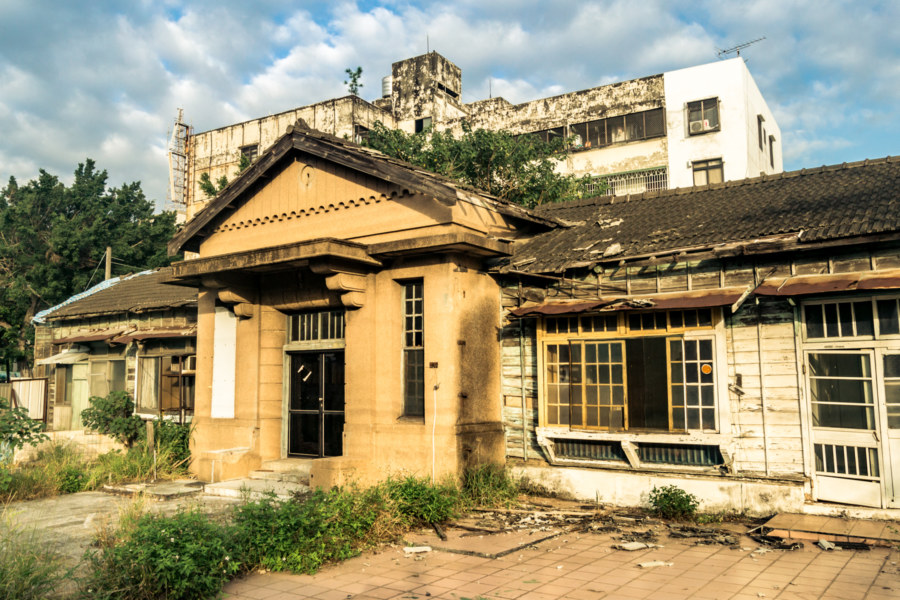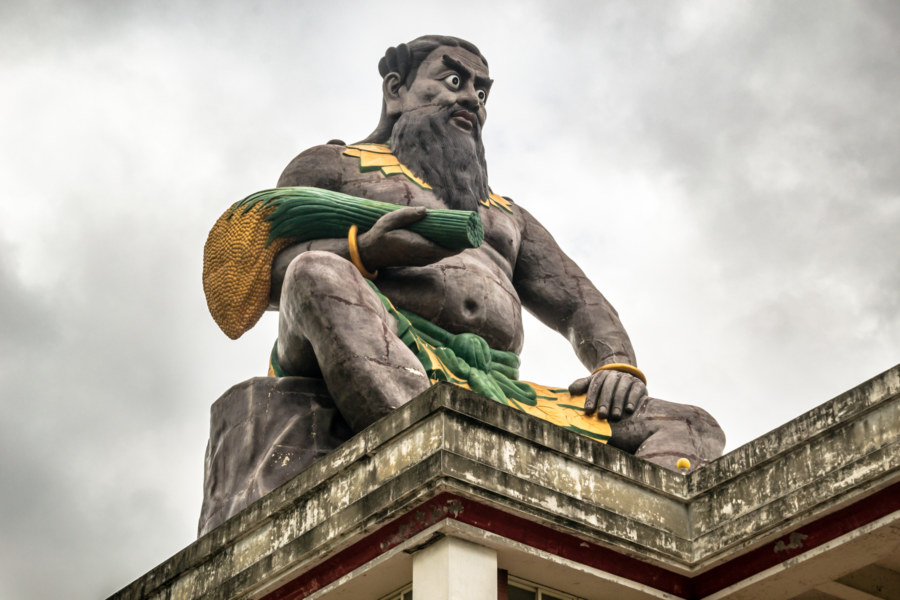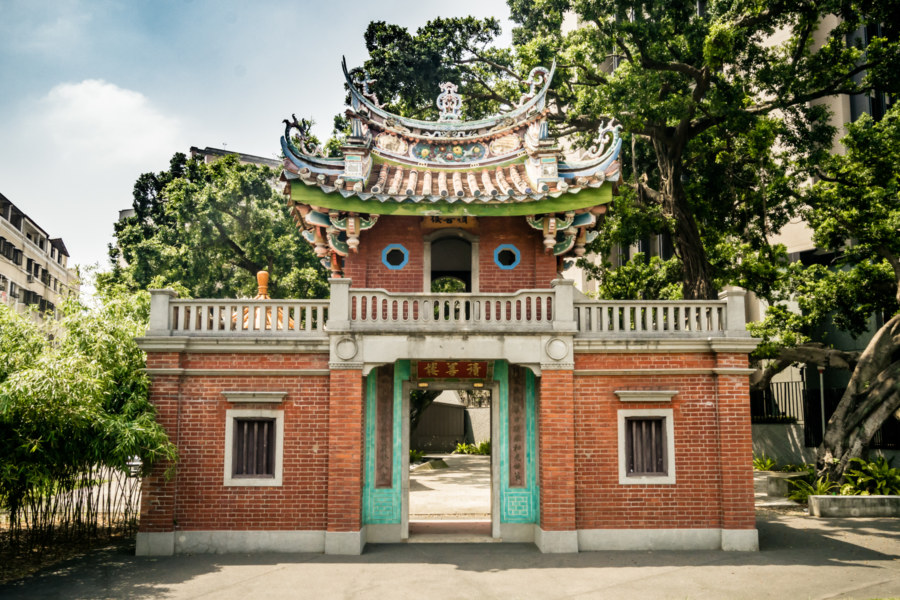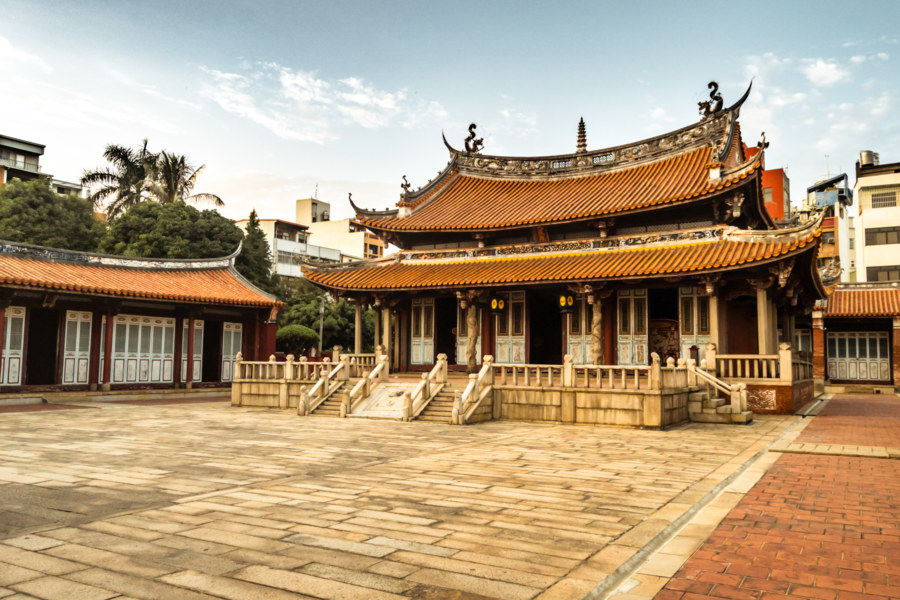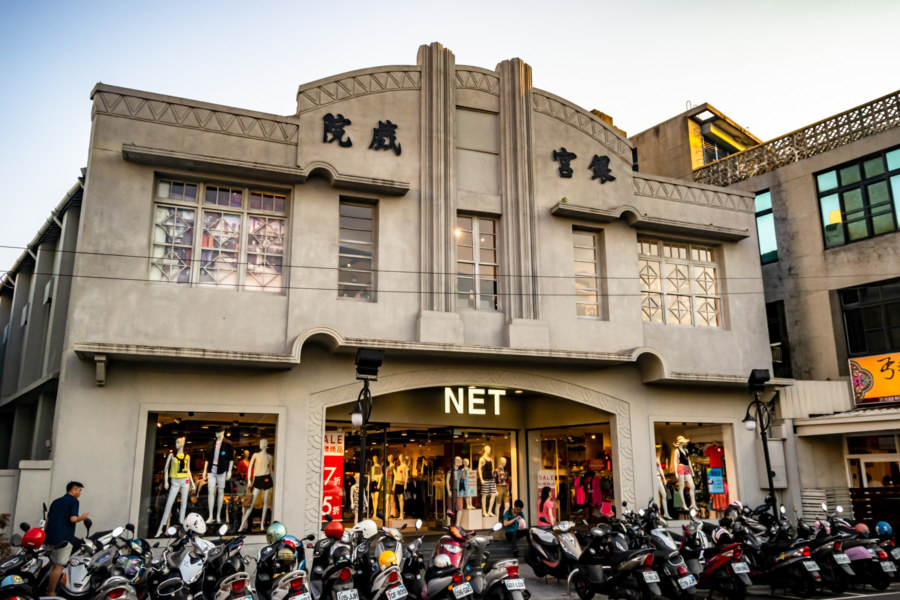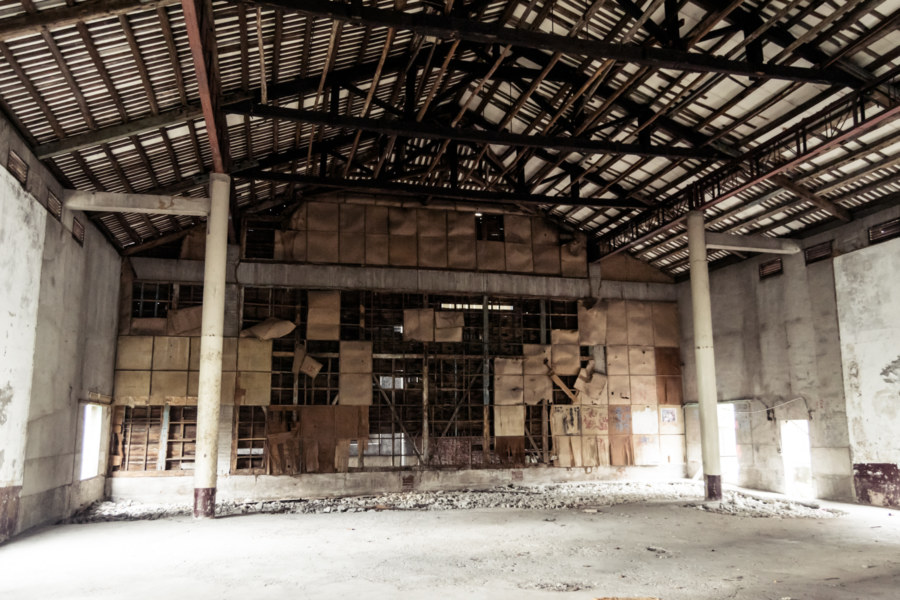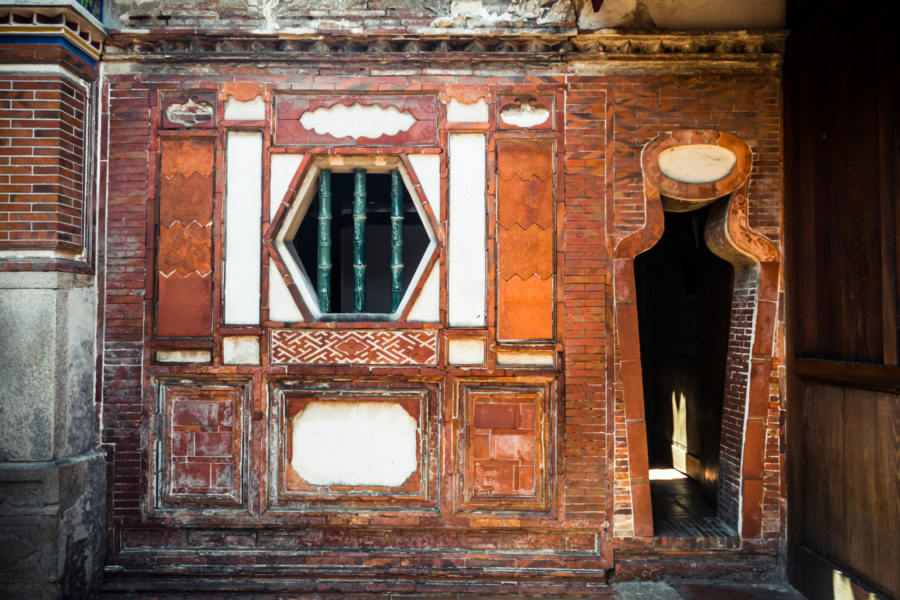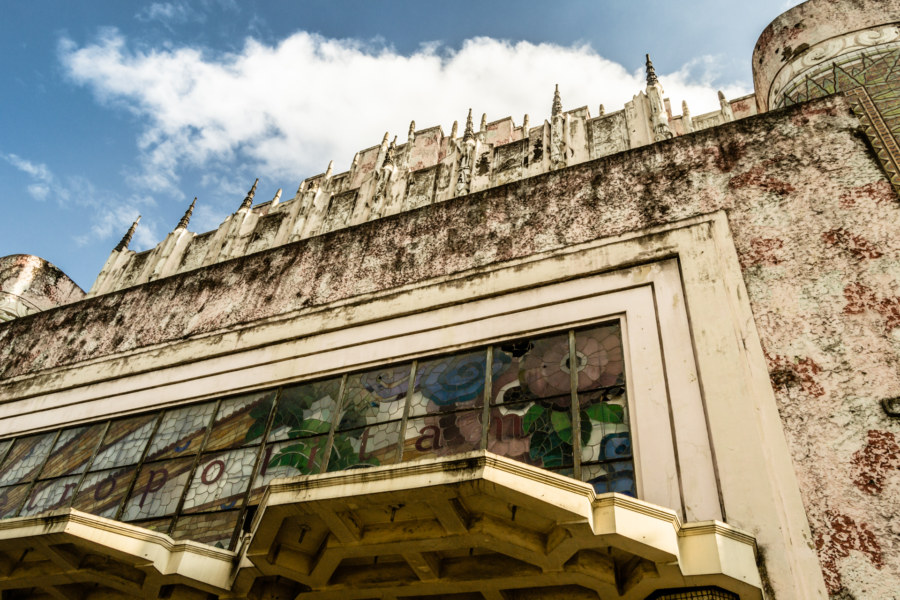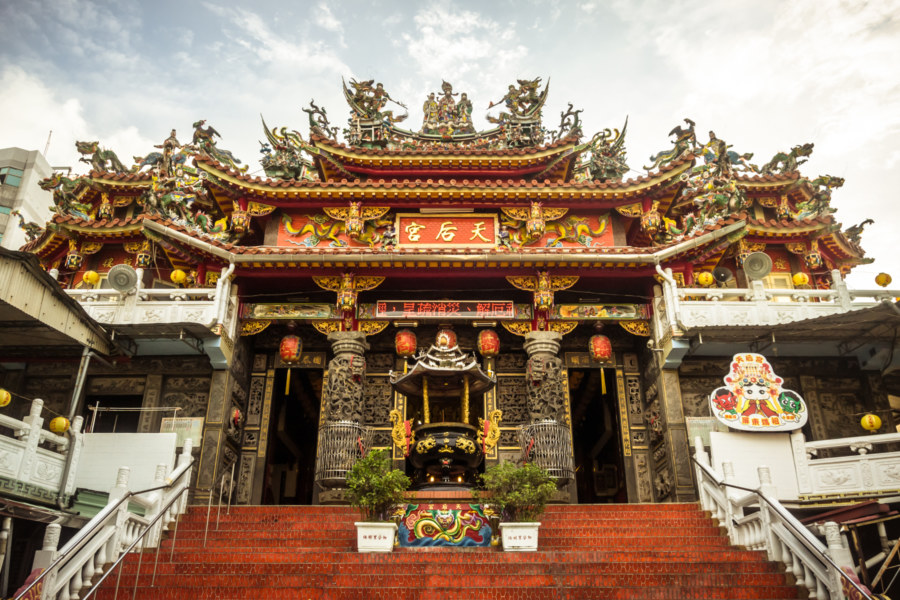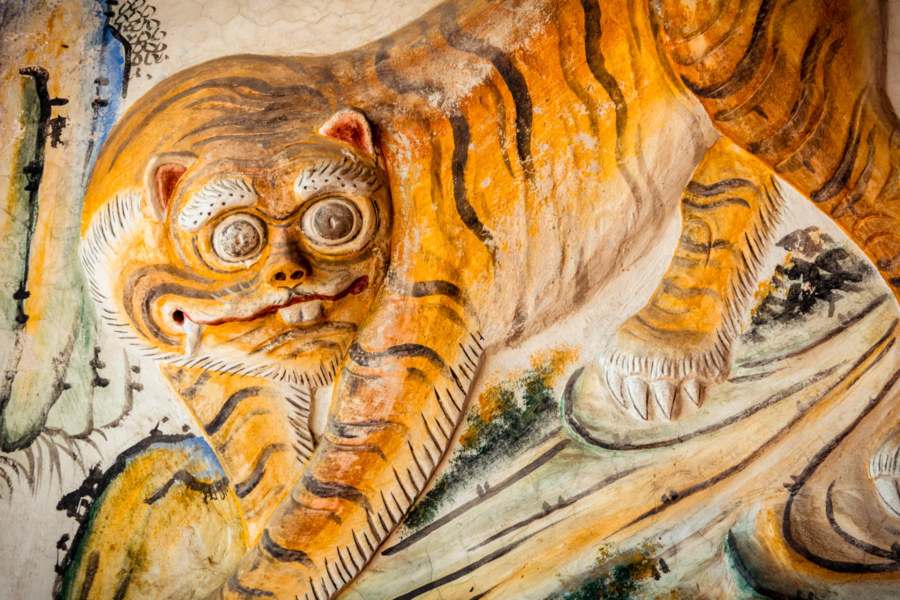Wuri Police Station 烏日警察官吏派出所 is a historic Japanese colonial era building dating back to the early 1930s. Located in Wuri, Taichung, it was built in a simple, subdued style with more of a nod toward Rationalism than the localized Art Deco or Baroque Revival styles commonly seen in commercial and institutional architecture of Shōwa period Taiwan. After the station was decommissioned in the late 1960s it was used for residential purposes until it was ultimately abandoned for unknown reasons. Historic status was announced in 2004 and officially confirmed in 2013 but restoration efforts were stuck in the planning stages until 2020.
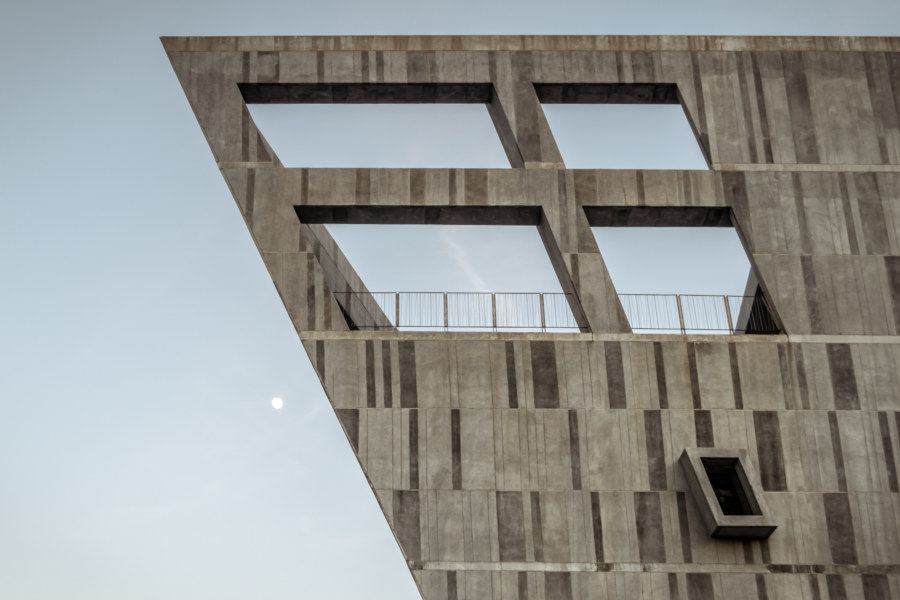
This section features anything to do with architecture, particularly in urban spaces. See also: buildings and urbex.
Subterms
A Short Ride Around Western Taoyuan
Last October, while living in Zhongli, I ventured out into the countryside for a random bicycle ride on Halloween. Like most of my rides I didn’t have a route planned or anything, only a general intention of checking out the obscure Fugang Old Street (富岡老街) about 15 kilometers west of the city. Along the way I followed my intuition (with a little help from Google Maps) and captured photographs of anything interesting and unusual I came across. Featured here are more than two dozens pictures from this ride through parts of Zhongli, Xinwu, Yangmei, and Pingzhen in western Taoyuan.
Jishan Gatehouse 積善樓
Jīshàn Gatehouse (積善樓; sometimes written as Chishan or Chijhan) is a minor historic building not far from Taiyuan Station (太原車站) in Beitun, Taichung. Originally this site was occupied by the residences of the Lài (賴) family, immigrants from Zhangzhou in China, who made their home here in 1897. Decades later they funded the construction of this unusual gatehouse on the recommendation of a fengshui (風水) master; the name of the building literally translates to “accumulate goodness”. The design and some of the materials are Chinese but the structure also shows western influences and craftsmanship as filtered through Japan. Five banyan trees surrounding the gate are the only other legacy of the homes that once existed here. Nowadays the area is a city park.
Postcards From Changhua City 2 彰化市明信片二號
Not long after moving to the administrative capital of Changhua in 2014 I published a collection of photographs entitled Postcards from Changhua City. All of the photos in that post were shot in my first few months of residency but I ended up staying for half a year. In that time I gathered more than enough material for a sequel while making my daily rounds. So here it is: more photos from my time in Changhua City, a historic town in central Taiwan. As before, additional information and links are included in the caption for each photo, where available.
Yingong Theater 銀宮戲院
Despite living in Changhua City for half a year I never paid much attention to the clothing store across the street from the historic Confucius Temple 彰化孔子廟. At that time my Chinese abilities were rudimentary and I wasn’t really aware of what kinds of buildings to watch for while navigating the variegated urban landscapes of Taiwan. Only after encountering Datong Theater 大同戲院 in Taitung City did I become fascinated by the rise and fall of Taiwanese cinema. Since then I have mapped the locations of more than a hundred vintage theaters and documented many of their fates. Most end up abandoned or destroyed—but Yíngōng Theater 銀宮戲院 earned a new lease on life after it was purchased by NET, a Taiwanese fashion retailer.
Xinpu Xinxing Theater 新埔新興戲院
Recently I visited Xinpu, a small Hakka town in the hills of Hsinchu, Taiwan, alongside fellow photographer and blogger Josh Ellis. I was curious to confirm reports of a historic theater along the former Entertainment Street 娛樂街 but the location in my notes was occupied by a construction site. Forging on, we continued down the road and were soon rewarded by the sight of something that I wasn’t expecting: Xīnxīng Theater 新興戲院. In hindsight it wouldn’t be an “entertainment street” without more than one cinema, would it?
Huangxi Academy 磺溪書院
Built in 1887, Huángxī Academy 磺溪書院 is one of dozens of Qing dynasty era schools of classical studies in Taiwan. Located in Dadu, a small town in southwestern Taichung, it provides a window into a time when scholarship was more closely interwoven with spirituality. Apart from classrooms and areas for quiet study the academy also has an altar to the Five Wénchāng 五文昌: Kuí Xīng 魁星, Zhū Xī 朱熹, Guān Yǔ 關羽, Lǚ Dòngbīn 呂洞賓, and, of course, Wénchāng 文昌 himself. Collectively these Taoist gods represent classical Chinese culture and several are commonly venerated by students prior to writing exams. Structurally the academy follows a plan similar to a traditional Taiwanese courtyard home or sanheyuan with the addition of a large gatehouse and pavilion.
Manila Metropolitan Theater
Manila Metropolitan Theater, or simply the Met, is the largest and most famous Art Deco theater in Manila. Designed by the prolific Juan M. Arellano, the Met officially opened in 1931 and soon became a focal point for Manila’s high society. Like most of the rest of the city Manila Metropolitan Theater was heavily damaged in the Battle of Manila. The post-war era wasn’t kind to the Met; it fell into disrepute for decades until restoration efforts were undertaken in the late 1970s. Ownership disputes led to another phase of neglect in the mid-1990s and today it remains abandoned despite occasional efforts at rehabilitation.
Postcards From Pingtung City 屏東市明信片
One of the pleasures of bicycle touring in Taiwan is the freedom to change plans on impulse. On my second day of a trip down south in June 2015, having previously cycled across Kaohsiung from Tainan, I opted to hang out and see more of Pingtung City. A dire weather forecast calling for bouts of torrential rain had already introduced some uncertainty, but I was also curious about this city of 200,000, about which almost nothing is written in English. Finding an interesting place to stay sealed the deal—and so I checked out of a grimy hotel near the train station after breakfast, moved my stuff to the new place, and spent the day exploring the administrative center of Pingtung, the southernmost division of Taiwan.
Daodong Academy 道東書院
Dàodōng Academy (道東書院) is one of many Qing dynasty era academies scattered across central and southern Taiwan. Located in Hemei in Changhua, it was built in 1857, the 7th year of the Xianfeng Emperor (清咸豐七年), and operated as a private school devoted to classic Chinese literature, philosophy, and ethics, among other subjects. Commonly known to locals as Wénmiào (文廟, “Temple of Literature”), the academy also venerates Song dynasty scholar Zhū Xī (朱熹) and Kuí Xīng (奎星), the god of examinations.
